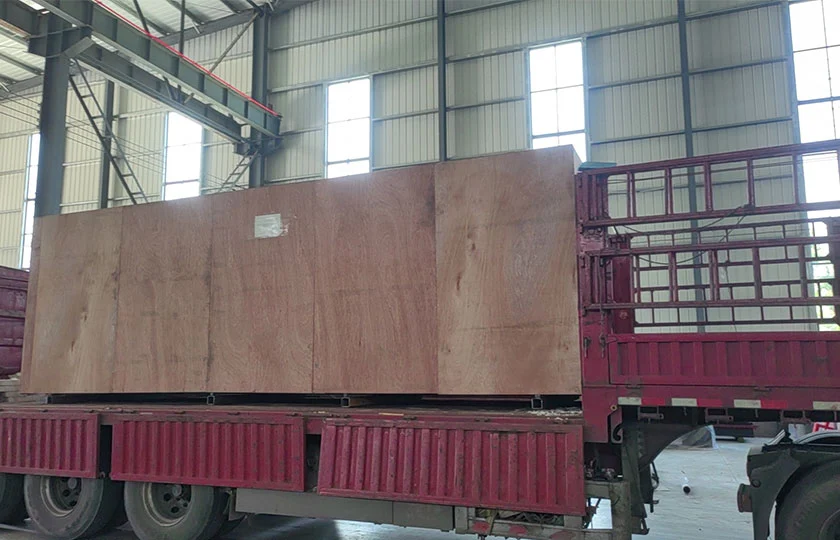Innovation Leads the Trend, Quality Drives Value
The drilling machine for sale is a machine tool that mainly uses a drill to make holes on a workpiece. Usually, the rotation of the drill serves as the main motion, while the axial movement of the drill provides the necessary feed motion. Featuring a simple structure, the industrial drilling machine offers relatively low processing accuracy. Drill press machines can drill through holes and blind holes. Partnering with a reputable drill machine company ensures you find precision drilling machines for sale.
By utilizing special tools, these precision drilling machines can perform tasks such as expanding, countersinking, reaming, and tapping. During these processes, the workpiece remains stationary while the tool moves. The center of the tool is aligned with the center of the hole and the tool rotates to create the desired features. This characteristic defines the industrial drilling machine: the workpiece is fixed, and the tool rotates.
The fixtures used for drilling mainly include drill fixtures and workpiece fixtures. It's better to clarify your specific processing needs and then choose a matching fixture.
1. Drill fixtures: Commonly used are drill chucks and drill sleeves.
(1) Drill chuck: Suitable for clamping straight shank drills. The shank of the drill chuck is a conical surface, which can be installed in conjunction with the inner hole of the drilling machine spindle; the three claws on the head can be turned by tightening the wrench to open or close them at the same time.
(2) Drill sleeve: Also known as a transition sleeve, it is used to clamp a taper shank drill. The drill bit is installed in the hole at one end of the drill sleeve, and the outer conical surface at the other end is connected to the inner conical hole of the drilling machine spindle.
2. Workpiece fixtures: Commonly used fixtures include bench vises, flat-nose pliers, V-shaped irons and pressure plates. The clamping of the workpiece must be firm and reliable, but the workpiece must not be clamped too tightly to damage it, or the workpiece must not be deformed to affect the drilling quality (especially thin-walled workpieces and small workpieces).
1. When clamping the drill bit with a drill chuck, use the drill chuck key. Do not use a flat iron or a hand hammer to hit it, so as not to damage the chuck and affect the accuracy of the drilling machine spindle. When clamping the workpiece, the clamping surface must be cleaned.
2. The workpiece must be clamped tightly, especially when drilling a large diameter hole on a small workpiece, the clamping must be firm. When the hole is about to be drilled through, the feed force must be reduced as much as possible. During use, the work surface must be kept clean.
3. Before starting the drilling machine, check whether there is a drill chuck key or a bevel iron inserted on the drill shaft. Before use, it must be tested in an idle run, and it can only be operated when all the mechanisms of the machine tool can work normally.
4. When drilling, do not use your hands and cotton yarn heads or blow with your mouth to remove chips. You must use a brush to remove them. When drilling long chips, you must use a hook to break them and remove them. When drilling through holes, the drill bit must be able to pass through the cutter hole on the work surface, or a pad iron must be placed under the workpiece to avoid damaging the work surface. The drill bit must be sharpened in time after it is blunt.
E-mail:
Tel/Whatsapp:
Address:
No.6 ShaKou Road of JinShui District, ZhengZhou City, Henan Province, China

